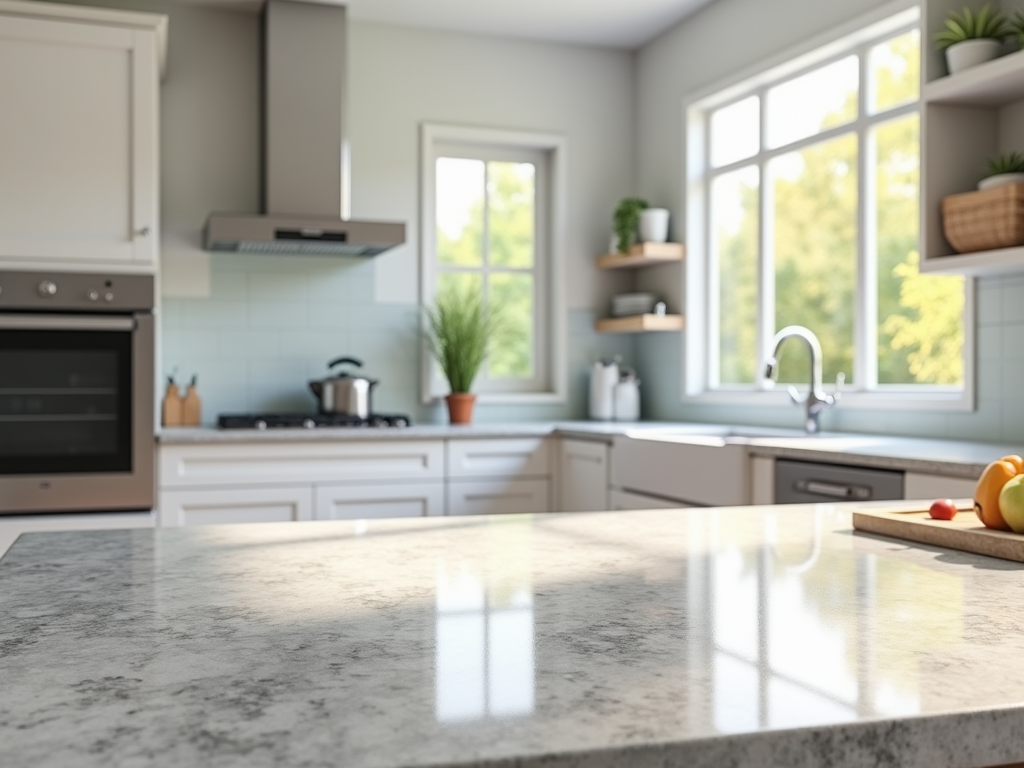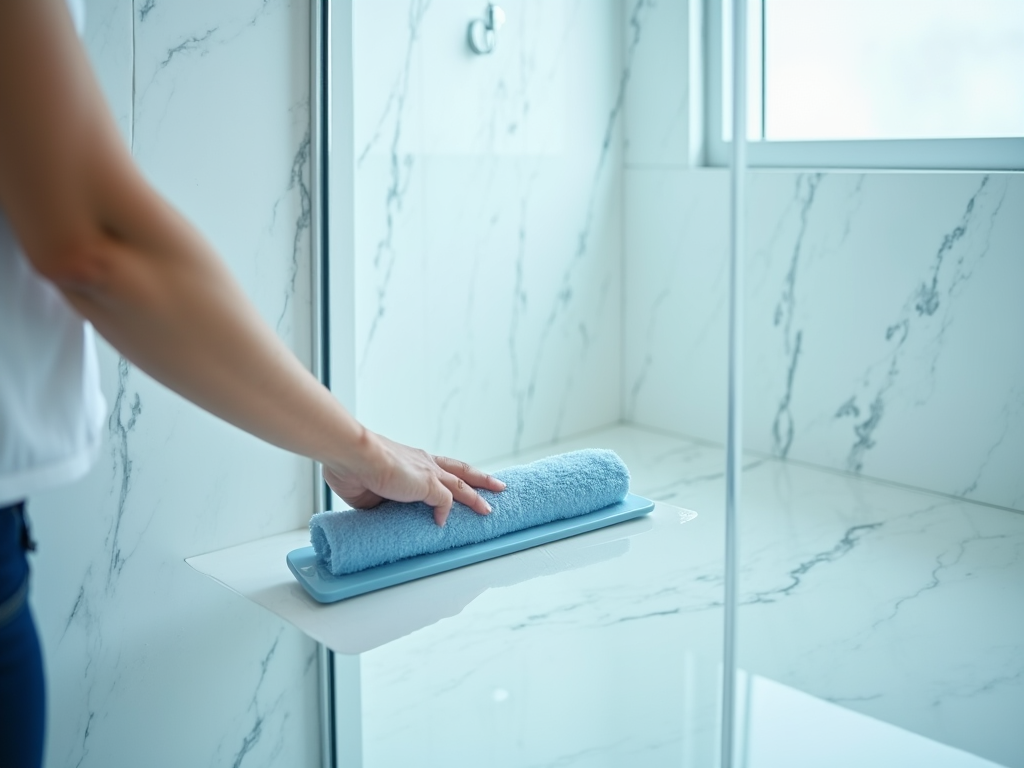Vinegar is often hailed as an all-purpose cleaning agent, perfect for everything from disinfection to odor removal. However, there are certain surfaces and materials that vinegar can actually damage rather than clean. It’s crucial to know where vinegar doesn’t belong in your cleaning arsenal to prevent unintended harm. Below are seven items that should never meet vinegar’s acidic touch.
1. Granite and Marble Countertops

While vinegar is known for its disinfecting properties, it can wreak havoc on porous stone like granite and marble. The acid in vinegar can erode the protective sealant coating these surfaces. Without the sealant, your countertops become susceptible to dullness and etching. These stones require a pH-balanced cleaner that’s specifically designed for natural stone. If you want to keep your granite and marble looking polished and pristine, it’s best to steer clear of vinegar.
2. Stone Floor Tiles

Similar to countertops, vinegar is not suitable for use on natural stone floor tiles. Tiles made from stone like slate, travertine, and limestone can suffer from the same etching and wear when exposed to vinegar. The acidic nature of vinegar can penetrate the surface and cause the stone to lose its shine. Over time, this can lead to costly repairs or refinishing. Protect your investment by opting for cleaners that are specifically labeled safe for use on natural stone surfaces.
3. Hardwood Floors
Hardwood floors and vinegar simply don’t mix. The acidity of vinegar can deteriorate the finish on hardwood floors and leave them looking dull and lifeless. Even a diluted vinegar solution can damage the surface layer, eliminating the lustrous look typical of well-maintained wood floors. Instead, use a cleaner specifically designed for hardwood, one that provides nourishment and maintains moisture levels within the wood without causing any damage.
4. Waxed Furniture
Waxed furniture has a glossy, protective finish meant to be nourished and preserved rather than stripped away. Using vinegar on waxed surfaces can dissolve the wax coating and leave the wood beneath exposed to elements such as air and sunlight. This exposure can eventually lead to warping or cracking. Keeping vinegar off your waxed pieces ensures they remain beautiful and well-preserved. Instead, dust your furniture regularly and refresh the wax coating as needed to maintain its shine.
5. Electronic Screens
Electronic screens, including those on televisions, computers, and smartphones, come with a delicate anti-glare protective coating. The acids in vinegar can strip this coating off, leading to a screen that is patchy or discolored. Instead of vinegar, use a microfiber cloth slightly dampened with water or a screen-safe cleaner. The goal is to keep that anti-glare layer intact while effectively removing smudges and dirt without resorting to harsh cleaners.
6. Dishwasher and Washing Machine Rubber Gaskets
The rubber gaskets or seals in your dishwasher or washing machine are essential for preventing leaks and maintaining the efficiency of the appliance. Although vinegar is often used for cleaning inside these machines, it shouldn’t be applied directly to the rubber components. Vinegar can corrode the rubber, leading to wear or breakdown over time. If you must clean these areas, stick to soapy water or a detergent specifically designed for use with your appliance.
7. Egg Stains and Spills
Vinegar and egg spills are a recipe for disaster. When vinegar comes in contact with raw egg, it can cause the proteins in the egg to coagulate, effectively “cooking” the egg on the spot. This makes the stain more difficult to remove. When faced with an egg spill, it’s better to use cold water and mild dish soap. Here are the steps you should follow:
- Remove any excess egg using a spoon or spatula.
- Rinse the area with cold water to dilute the residue.
- Apply a small amount of dish soap and scrub gently with a cloth.
- Rinse with water and blot dry.
By avoiding vinegar in these cases, you’ll ensure a cleaner and easier resolution to the problem.
Conclusion
While vinegar remains a versatile and valuable tool for many household cleaning tasks, its acidic nature can be detrimental to certain surfaces and materials. From stone countertops to electronic screens, there are several items that should remain untouched by vinegar. Understanding when and where to use vinegar will save you from unnecessary damage and future repair costs. Keep these guidelines in mind the next time you reach for that trusty bottle of vinegar, ensuring it only contributes to the cleanliness of your home rather than potential damage.
Frequently Asked Questions
1. Can vinegar be used on ceramic tiles?
Yes, vinegar can generally be used on ceramic tiles for cleaning. However, always test a small, inconspicuous area first to ensure it doesn’t harm the finish.
2. Is it safe to use vinegar on stainless steel appliances?
Yes, vinegar is safe to use on stainless steel, but it should be diluted with water to avoid leaving streaks or dulling the finish.
3. What is a good alternative to vinegar for cleaning glass?
For cleaning glass, you can use a mixture of water and rubbing alcohol or a specialized glass cleaner for a streak-free shine.
4. Should vinegar be avoided on painted surfaces?
Vinegar can damage the finish of some painted surfaces, causing them to become dull. It’s best to use a mild dish soap and water solution instead.
5. Can I use vinegar to clean my car interior?
Vinegar can be too harsh for certain car interior materials, such as leather and some plastics. Use cleaners designed for auto interiors to ensure safety and effectiveness.

